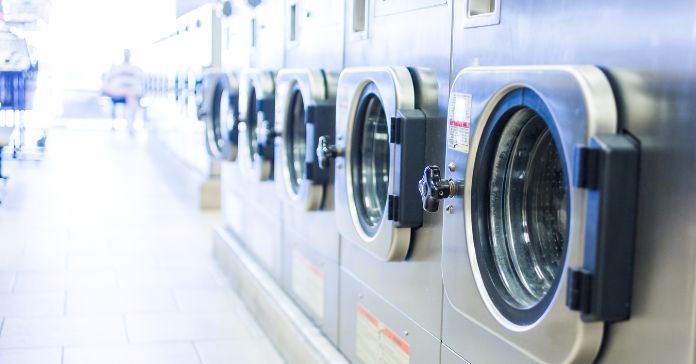
Safety should be a priority for all employers and employees, who must work together to identify risks and create safe working conditions. Here’s an overview of the most dangerous kinds of manufacturing equipment. This guide will help employers ensure worker safety and keep workers out of emergency departments.
Lathes and Milling Machines
The spinning parts of these machines can cause entanglement, which, when combined with the sharp tools used to cut material, can lead to severe lacerations. Computer numeric controls improve precision, but they can’t prevent a poorly trained worker from putting a hand in harm’s way.
Grinders
Grinders create powerful force and produce fragments that can be thrown in any direction, potentially causing injury to those nearby. Eye protection, ventilators or masks, and other personal protective gear, such as protective gloves and clothing, are necessary for many manufacturing processes that involve grinding.
Robots
Robots’ automated motions can cause serious injuries if they are not programmed correctly. Injury can also occur if workers are inattentive to the machine’s motions or do not wear the proper protective gear while operating them. Automated machines prevent repetitive stress injuries in human workers but introduce additional hazards because of the way they swing and move abruptly. A worker caught at the wrong place at the wrong time can suffer severe injury from a robot that doesn’t know it just hit someone.
Welding Equipment
Welding produces flames and sparks that can cause serious burns and eye injuries. Proper safety gear includes visors, gloves, and aprons. Some welders work on pipes that transport dangerous gases or in areas with combustible materials. Welders must be trained on how to perform welding work without causing an explosion.
Forklifts
Forklifts are among the most dangerous kinds of manufacturing equipment used in warehouses and metalworking shops to move materials and large rolls or slabs of sheet metal. Forklifts are extremely heavy and can tip over if the operator isn’t properly trained in how to drive the machine.
Forklifts falling off loading docks have crushed workers to death and impaled workers with the fork apparatus. Workers can suffer severe head injuries from improperly operated forklifts. When a forklift collides with racking in a warehouse, it can bring the entire structure down, potentially burying, injuring, or killing workers if proper bumpers and shielding aren’t in place.
Cutting Tools
Saws, laser and plasma cutters, and industrial shears cause lacerations, hand injuries, amputations, and burns. These machines can throw metal fragments in all directions if not used properly. Although most machine shop cutters now operate with computerized instructions, improperly trained workers can still put themselves in danger and suffer injuries while the machine is working.
Power presses
Machines such as press brakes create extreme force that can bend steel. Press brakes can cause crush injuries and amputations if not properly maintained or operated. Common press brake mistakes include dirty machines, incorrect lubrication, and a lack of safety guards.
It is important to remember that any type of manufacturing equipment can be dangerous if it is not safely operated. To ensure a safe working environment, employers should provide the right training and protective gear for workers who will be operating this equipment. Attentiveness to workplace safety reduces the burden on local hospital emergency departments.







